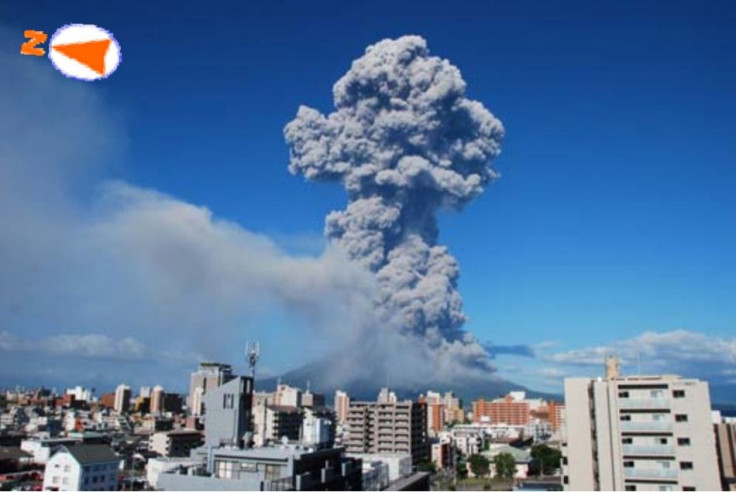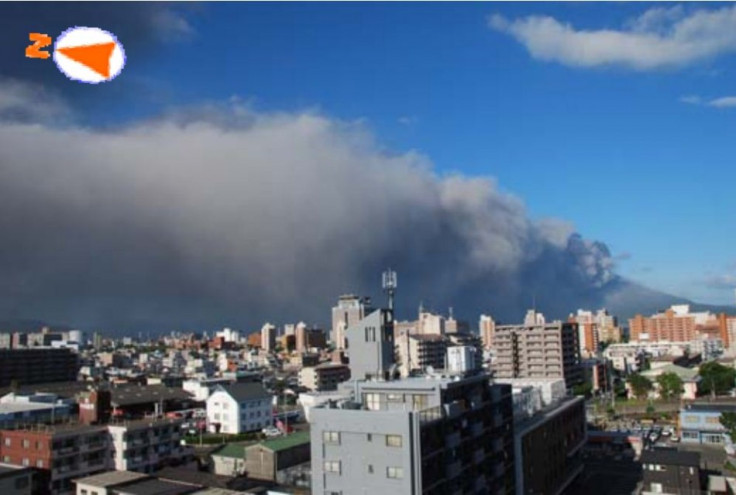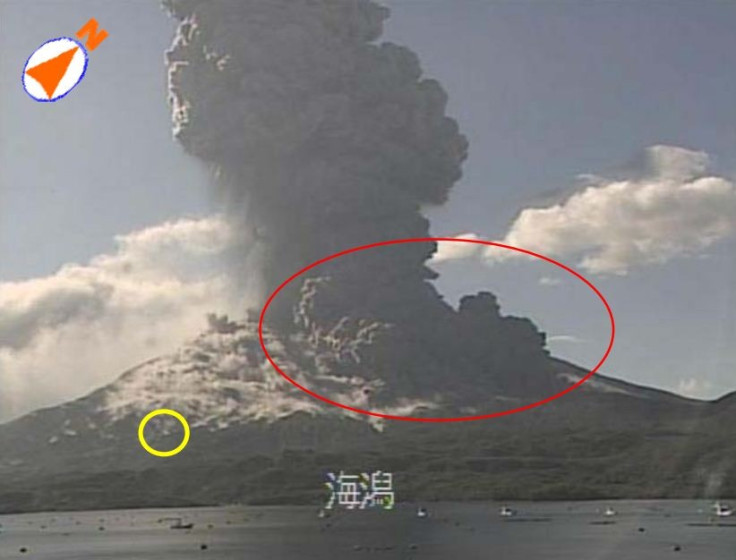Japan: Mount Sakurajima Eruption Sends Ash Plumes to Record Height of 5,000m [PHOTOS+VIDEO]

Mount Sakurajima in Kagoshima, southwest Japan, erupted on Sunday, sending a plume of ash and smoke to a record height of 5,000m (16,404ft), Japan's Volcano Observations and Information Center (VOIC) announced in a statement.
At 1,117m (3,665ft) high, Sakurajima is one of the most active volcanoes in Japan and shows constant eruptive displays. It is closely monitored by the Kagoshima Local Meteorological Observatory, in conjunction with the VOIC in Fukuoka Prefecture. The seismograph recorded the major eruption of Sakurajima in 1914.
According to the Local Meteorological Observatory, the recent volcanic activity of Sakurajima has been continuing and the authority has warned residents of pyroclastic flow (fast-moving hot gas and rock) from the volcano's Showa crater within a range of two kilometres.
"As a result of this eruption, a small pyroclastic flow is generated, and was flowing down to about 1km southeast of Showa crater," the Kagoshima Local Meteorological Observatory said.
Officials have also alerted local populations about the fall of volcanic ash and gravel in the lower areas and possible accumulation of muddy debris due to rainfall. In addition, a risk of breaking of glass windows of cars and houses is also cited as a result of vibrations in atmosphere from the explosive eruption.
Meanwhile, ashfall is confirmed in cities of Kagoshima and Matsumoto and over a wide area of Sakurajima Island.
Check out a video showing the Sakurajima eruption in Japan as some of the photos capture the ash fall in the region.





© Copyright IBTimes 2024. All rights reserved.






